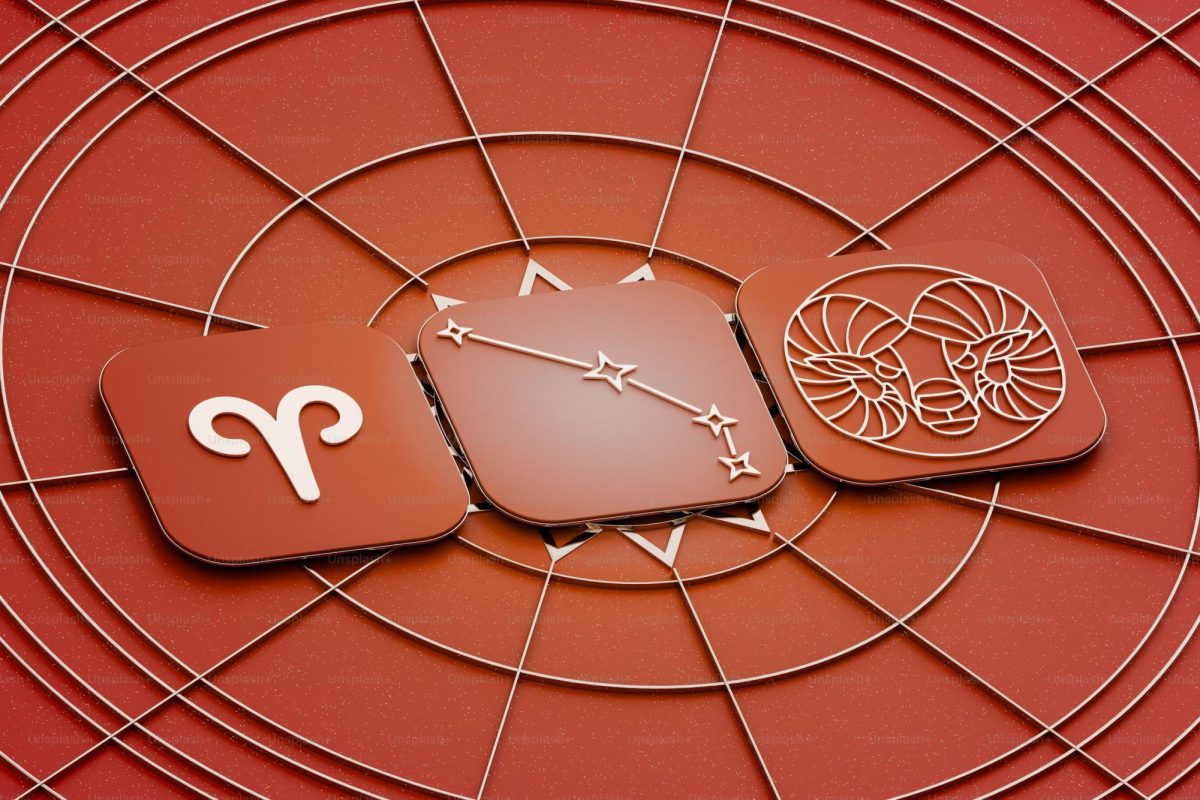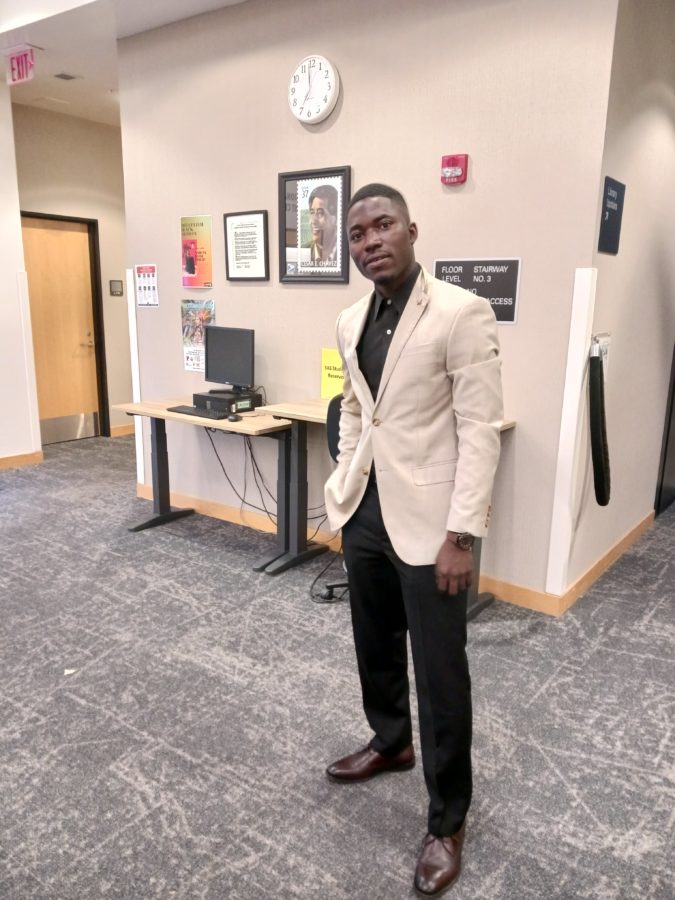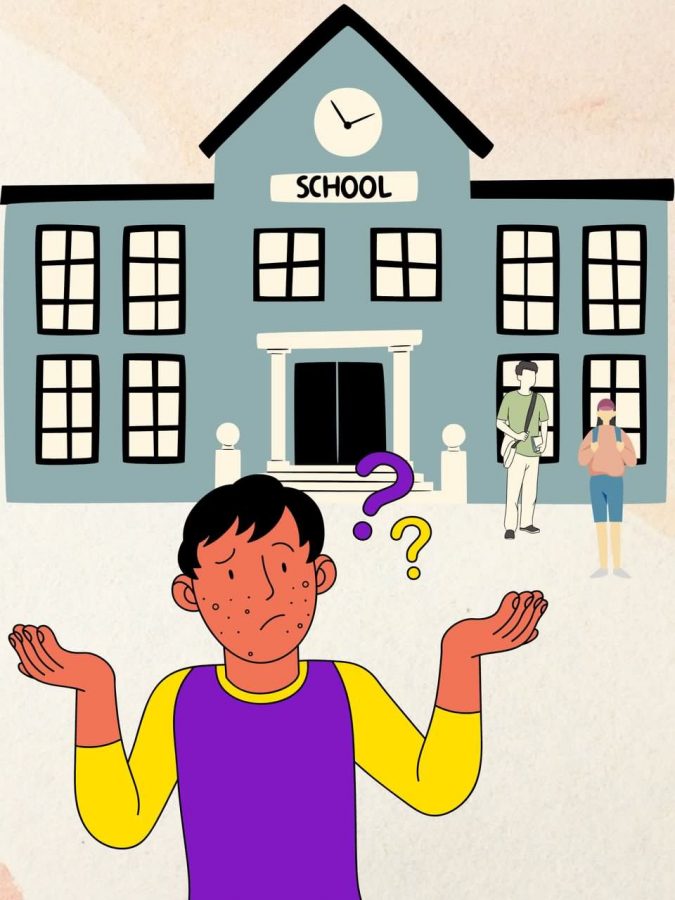I will never know exactly who I am because the words don’t exactly come to mind. Injera describes me the most; a traditional Ethiopian dish my mom made growing up.
Injera is complicated to explain; just like me. It’s a soft flatbread that is served with fresh toppings such as meat, vegetables, and cheese. The toppings can be sweet, savory, and a mix of different tastes.
Injera is who I am — symbolically, of course — and the toppings are my characteristics. I can be nice, mature, and intelligent, but I can also be the complete opposite. When making injera, it’s hard to know how it will turn out; just like how I will never know who I will turn out to be.
I was born in America and my parents are from Ethiopia, a country located in East Africa. People constantly ask me where I am from, and when I say Ethiopia, no one believes me. People say I have Asian, Arab, or black features. I am from America and have African parents, but people don’t consider me to be African American because my parents speak their language and have brought their culture with them. I am an African American despite what others say, despite my light brown skin, despite the fact that I am a Muslim woman and I wear a hijab.
When I was younger, I felt out of place when people from my parents country were surprised that I’m Ethiopian too. For a while, I was thinking about taking a DNA test. That thought sat in my mind for a while. I wanted to know if I really was a descendant of Arabs and Asians just like everyone thought I was. I felt like I didn’t really know myself.
I get it. I have lighter skin and smaller eyes than most Ethiopians, but that doesn’t mean that I don’t belong. I may never know what countries my ancestors are truly from, but when I eat Injera with my family, I am reminded of who I really am. Everyone’s preconceptions about me slowly slip away with each bite.
“I am…” is a special series in which we asked students to bring new insight into social issues through the lens of identity and their life experiences, and to answer the ultimate question: Who are you?
To read all other articles in this series, click here.






